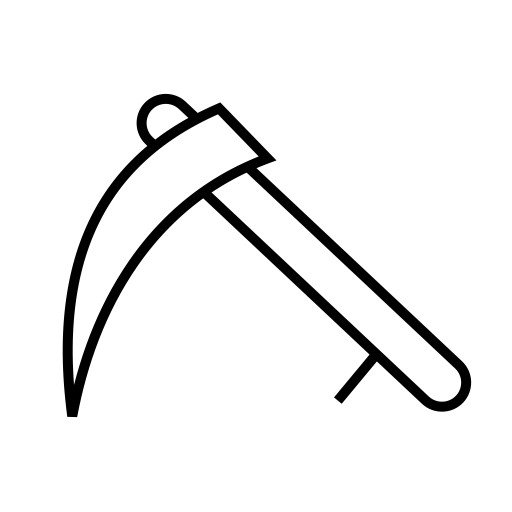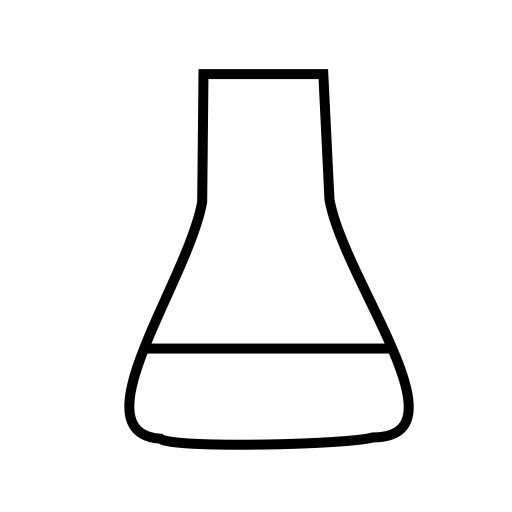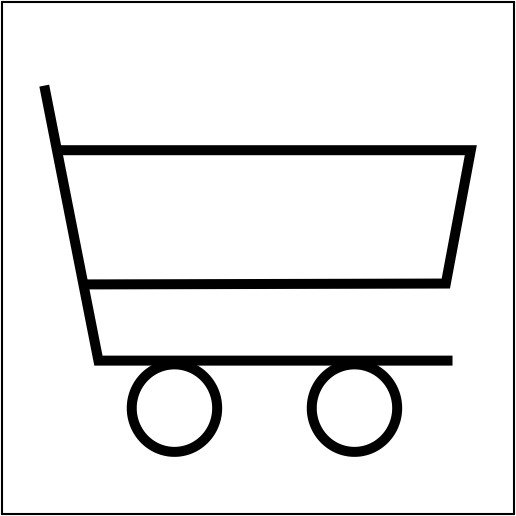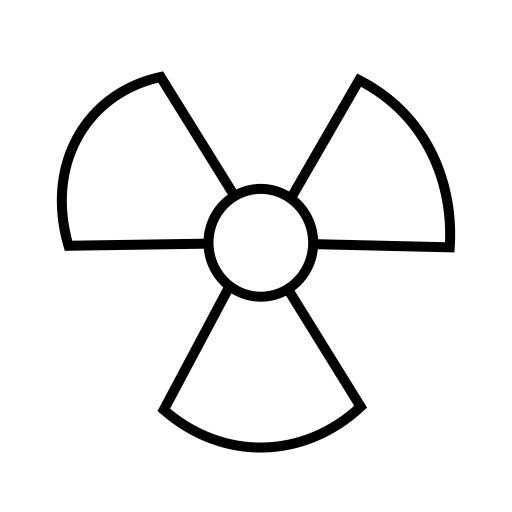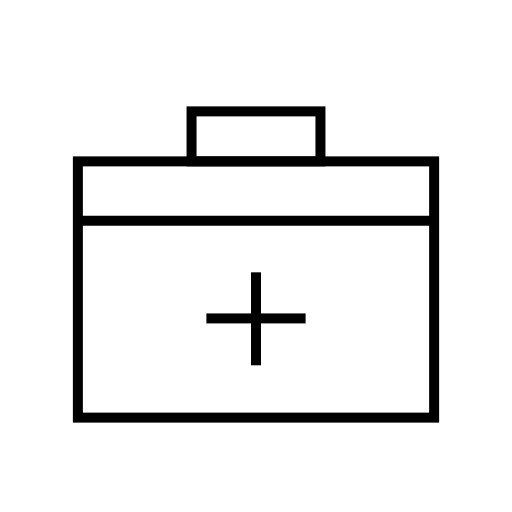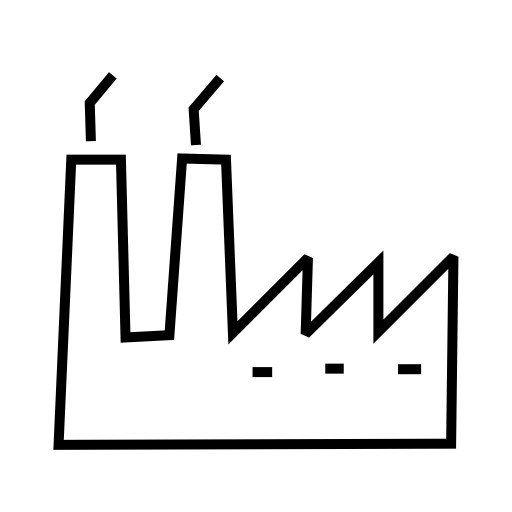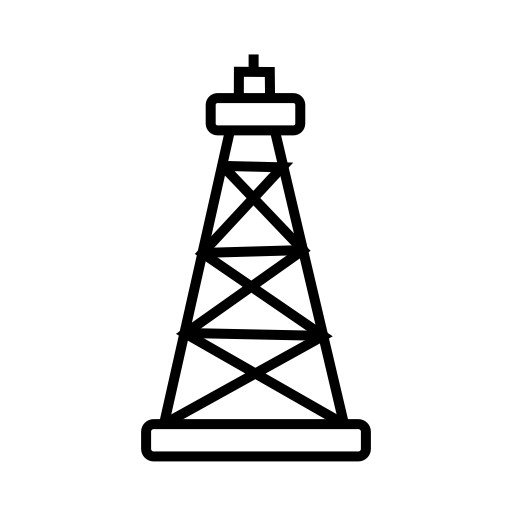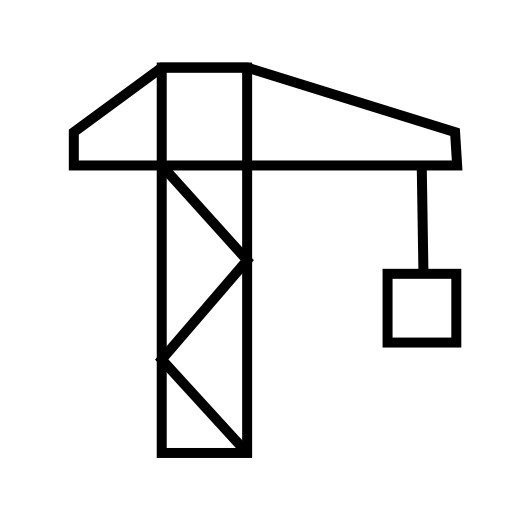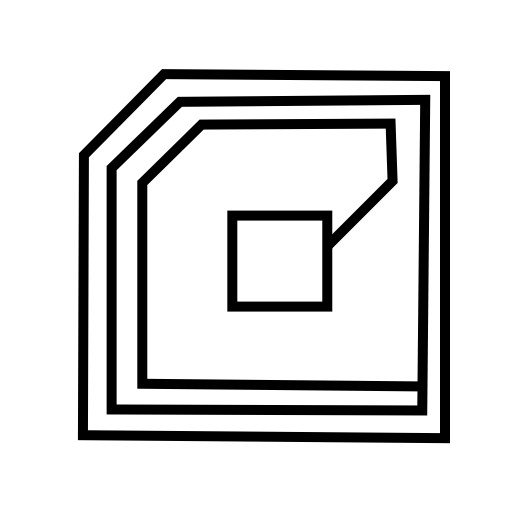Global Underlayment Market Status and Forecast 2021-2027
Type: PDF
Status: Published
Categories: Aerospace and Defence
Report Code : OTHER2114722
No. of Pages : 163
Figure Underlayment Picture
Figure Global Underlayment Sales Volume and Growth Rate (2016-2027)
Figure Global Underlayment Sales Value and Growth Rate (2016-2027)
Figure Global Underlayment Sales Value CAGR (2020-2027) by Region
Figure Global Underlayment Sales Volume Market Share by Company, 2020
Figure Global Underlayment Sales Value Market Share by Company, 2020
Figure Global Underlayment Sales Value and Growth Rate (2016-2027)
Figure Product Picture of Cement Board Underlayment
Figure Product Picture of Foam Laminate Underlayment
Figure Product Picture of Cork Underlayment
Figure Product Picture of Rubber Underlayment
Figure Product Picture of Plywood Underlayment
Figure Product Picture of Others
Figure Product Picture of Foam board underlayment is the main product, capturing about 26.73% of global consumption of underlayment in 2018.
Figure Global Underlayment Sales Volume Market Share by Category, 2020
Figure Global Underlayment Sales Value Market Share by Category, 2020
Figure North America Underlayment Sales Volume Market Share by Category, 2020
Figure Europe Underlayment Sales Volume Market Share by Category, 2020
Figure Asia Pacific Underlayment Sales Volume Market Share by Category, 2020
Figure Central & South America Underlayment Sales Volume Market Share by Category, 2020
Figure Middle East & Africa Underlayment Sales Volume Market Share by Category, 2020
Figure Underlayment in Tile Flooring
Figure Global Underlayment Market: Tile Flooring (2016-2021)
Figure Underlayment in Laminate Flooring
Figure Global Underlayment Market: Laminate Flooring (2016-2021)
Figure Underlayment in Vinyl Flooring
Figure Global Underlayment Market: Vinyl Flooring (2016-2021)
Figure Underlayment in Carpet Flooring
Figure Global Underlayment Market: Carpet Flooring (2016-2021)
Figure Underlayment in Hardwood Flooring
Figure Global Underlayment Market: Hardwood Flooring (2016-2021)
Figure Underlayment in Others
Figure Underlayment in Tile flooring use accounts for nearly 32.21% of total downstream consumption volume of underlayment in global in 2018.
Figure Global Underlayment Sales Volume Market Share by End User/Segment, 2020
Figure Global Underlayment Sales Value Market Share by End User/Segment, 2020
Figure North America Underlayment Sales Volume Market Share by End User/Segment, 2020
Figure Europe Underlayment Sales Volume Market Share by End User/Segment, 2020
Figure Asia Pacific Underlayment Sales Volume Market Share by End User/Segment, 2020
Figure Central & South America Underlayment Sales Volume Market Share by End User/Segment, 2020
Figure Middle East & Africa Underlayment Sales Volume Market Share by End User/Segment, 2020
Figure Global Underlayment Sales Volume Market Share by Region (2016-2021)
Figure Global Underlayment Sales Value Market Share by Region (2016-2021)
Figure North America Underlayment Sales Volume Status (2016-2021)
Figure North America Underlayment Sales Value Status (2016-2021)
Figure Europe Underlayment Sales Volume Status (2016-2021)
Figure Europe Underlayment Sales Value Status (2016-2021)
Figure Asia Pacific Underlayment Sales Volume Status (2016-2021)
Figure North America Underlayment Sales Value Status (2016-2021)
Figure Central & South America Underlayment Sales Volume Status (2016-2021)
Figure Europe Underlayment Sales Value Status (2016-2021)
Figure Middle East & Africa Underlayment Sales Volume Status (2016-2021)
Figure China Underlayment Sales Value Status (2016-2021)
Figure North America Underlayment Sales Volume Market Share by Country, 2020
Figure Japan Underlayment Sales Value Status (2016-2021)
Figure United States Underlayment Sales Volume Status (2016-2021)
Figure Asia Other Underlayment Sales Value Status (2016-2021)
Figure Canada Underlayment Sales Volume Status (2016-2021)
Figure Canada Underlayment Sales Value Status (2016-2021)
Figure Mexico Underlayment Sales Volume Status (2016-2021)
Figure Mexico Underlayment Sales Value Status (2016-2021)
Figure Europe Underlayment Sales Volume Market Share by Country, 2020
Figure Europe Underlayment Value Market Share by Country, 2020
Figure Germany Underlayment Sales Volume Status (2016-2021)
Figure Germany Underlayment Sales Value Status (2016-2021)
Figure France Underlayment Sales Volume Status (2016-2021)
Figure France Underlayment Sales Value Status (2016-2021)
Figure UK Underlayment Sales Volume Status (2016-2021)
Figure UK Underlayment Sales Value Status (2016-2021)
Figure Italy Underlayment Sales Volume Status (2016-2021)
Figure Italy Underlayment Sales Value Status (2016-2021)
Figure Russia Underlayment Sales Volume Status (2016-2021)
Figure Russia Underlayment Sales Value Status (2016-2021)
Figure Spain Underlayment Sales Volume Status (2016-2021)
Figure Spain Underlayment Sales Value Status (2016-2021)
Figure Asia Pacific Underlayment Sales Volume Market Share by Country, 2020
Figure Asia Pacific Underlayment Value Market Share by Country, 2020
Figure China Underlayment Sales Volume Status (2016-2021)
Figure China Underlayment Sales Value Status (2016-2021)
Figure Japan Underlayment Sales Volume Status (2016-2021)
Figure Japan Underlayment Sales Value Status (2016-2021)
Figure Korea Underlayment Sales Volume Status (2016-2021)
Figure Korea Underlayment Sales Value Status (2016-2021)
Figure Southeast Asia Underlayment Sales Volume Status (2016-2021)
Figure Southeast Asia Underlayment Sales Value Status (2016-2021)
Figure India Underlayment Sales Volume Status (2016-2021)
Figure India Underlayment Sales Value Status (2016-2021)
Figure Australasia Underlayment Sales Volume Status (2016-2021)
Figure Australasia Underlayment Sales Value Status (2016-2021)
Figure Central & South America Underlayment Sales Volume Market Share by Country, 2020
Figure Central & South America Underlayment Sales Value Market Share by Country, 2020
Figure Brazil Underlayment Sales Volume Status (2016-2021)
Figure Brazil Underlayment Sales Value Status (2016-2021)
Figure Argentina Underlayment Sales Volume Status (2016-2021)
Figure Argentina Underlayment Sales Value Status (2016-2021)
Figure Colombia Underlayment Sales Volume Status (2016-2021)
Figure Colombia Underlayment Sales Value Status (2016-2021)
Figure Middle East & Africa Underlayment Sales Volume Market Share by Country, 2020
Figure Middle East & Africa Underlayment Value Market Share by Country, 2020
Figure Iran Underlayment Sales Volume Status (2016-2021)
Figure Iran Underlayment Sales Value Status (2016-2021)
Figure South Africa Underlayment Sales Volume Status (2016-2021)
Figure South Africa Underlayment Sales Value Status (2016-2021)
Figure Israel Underlayment Sales Volume Status (2016-2021)
Figure Israel Underlayment Sales Value Status (2016-2021)
Figure Turkey Underlayment Sales Volume Status (2016-2021)
Figure Turkey Underlayment Sales Value Status (2016-2021)
Figure Saudi Arabia Underlayment Sales Volume Status (2016-2021)
Figure Saudi Arabia Underlayment Sales Value Status (2016-2021)
Figure Underlayment Supply Chain Analysis
Figure Underlayment Production Process Chart Analysis
Figure Underlayment Manufacturing Cost Analysis
Figure Global Underlayment Sales Volume Forecast (2022-2027)
Figure Global Underlayment Sales Value Forecast (2022-2027)
Figure North America Underlayment Sales Volume Forecast (2022-2027)
Figure North America Underlayment Sales Value Forecast (2022-2027)
Figure Global Underlayment Sales Value Growth Rate Forecast (2022-2027)
Figure Europe Underlayment Sales Value Forecast (2022-2027)
Figure Asia Pacific Underlayment Sales Volume Forecast (2022-2027)
Figure North America Underlayment Sales Value Forecast (2022-2027)
Figure Central & South America Underlayment Sales Volume Forecast (2022-2027)
Figure Europe Underlayment Sales Value Forecast (2022-2027)
Figure Middle East & Africa Underlayment Sales Volume Forecast (2022-2027)
Figure China Underlayment Sales Value Forecast (2022-2027)
Figure Japan Underlayment Sales Value Forecast (2022-2027)
Figure Asia Other Underlayment Sales Value Forecast (2022-2027)
Figure USG Underlayment Sales Volume Market Share Globally (2019-2021)
Figure USG Underlayment Sales Value Market Share Globally (2019-2021)
Figure Ultimate Rb Underlayment Sales Volume Market Share Globally (2019-2021)
Figure Ultimate Rb Underlayment Sales Value Market Share Globally (2019-2021)
Figure Swiss Krono Underlayment Sales Volume Market Share Globally (2019-2021)
Figure Swiss Krono Underlayment Sales Value Market Share Globally (2019-2021)
Figure Sealed-Air Underlayment Sales Volume Market Share Globally (2019-2021)
Figure Sealed-Air Underlayment Sales Value Market Share Globally (2019-2021)
Figure Schluter Systems Underlayment Sales Volume Market Share Globally (2019-2021)
Figure Schluter Systems Underlayment Sales Value Market Share Globally (2019-2021)
Figure QEP Underlayment Sales Volume Market Share Globally (2019-2021)
Figure QEP Underlayment Sales Value Market Share Globally (2019-2021)
Figure Patriot Timber Underlayment Sales Volume Market Share Globally (2019-2021)
Figure Patriot Timber Underlayment Sales Value Market Share Globally (2019-2021)
Figure Pak-Lite Underlayment Sales Volume Market Share Globally (2019-2021)
Figure Pak-Lite Underlayment Sales Value Market Share Globally (2019-2021)
Figure National Gypsum Underlayment Sales Volume Market Share Globally (2019-2021)
Figure National Gypsum Underlayment Sales Value Market Share Globally (2019-2021)
Figure MP Global Underlayment Sales Volume Market Share Globally (2019-2021)
Figure MP Global Underlayment Sales Value Market Share Globally (2019-2021)
Request For Request Sample

Published On: 05-03-21
Single User
US$ 2980*** Benefits ***
1. 15% Free customization
2. Two Countries can add as per your choice
3. Two Company can add as per your choice
4. 35+ Countries
*** Services ***
1. Quarterly Industry Update for Six Months
2. One personal Research Analyst Allocate to you
3. 24*7 Research Support
4. Query will be resolve with 48 hours
Multi User
US$ 4470*** Benefits ***
1. 25% Free customization
2. Excel Data Sheet
3. Two Countries can add as per your choice
4. Two Company can add as per your choice
35+ Countries
*** Services ***
1. Client will get one updated report for a year.
2. Quarterly Industry Update for 1 Year.
3. One research analyst will allocate to you.
4. Query will be resolved within 36 hours.
24*7 Research Support.
Corporate User
US$ 5960*** Benefits ***
1. 25% Free customization
2. Excel Data Sheet
3. Two Countries can add as per your choice
4. Two Company can add as per your choice
5. 35+ Countries
*** Services ***
1. Client will get one updated report for a year.
2. Quarterly Industry Update for 1 Year.
3. One research analyst will allocate to you.
4. Query will be resolved within 36 hours.
5. 24*7 Research Support.

 +918421517810
+918421517810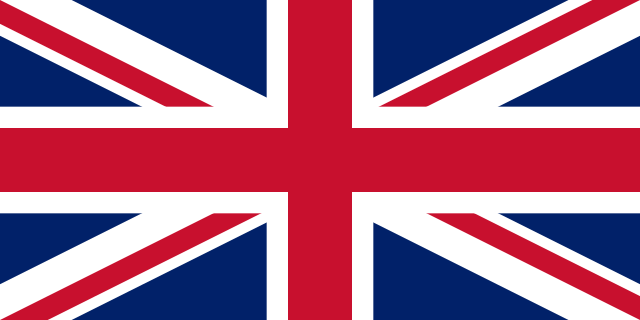 +442921251543
+442921251543
